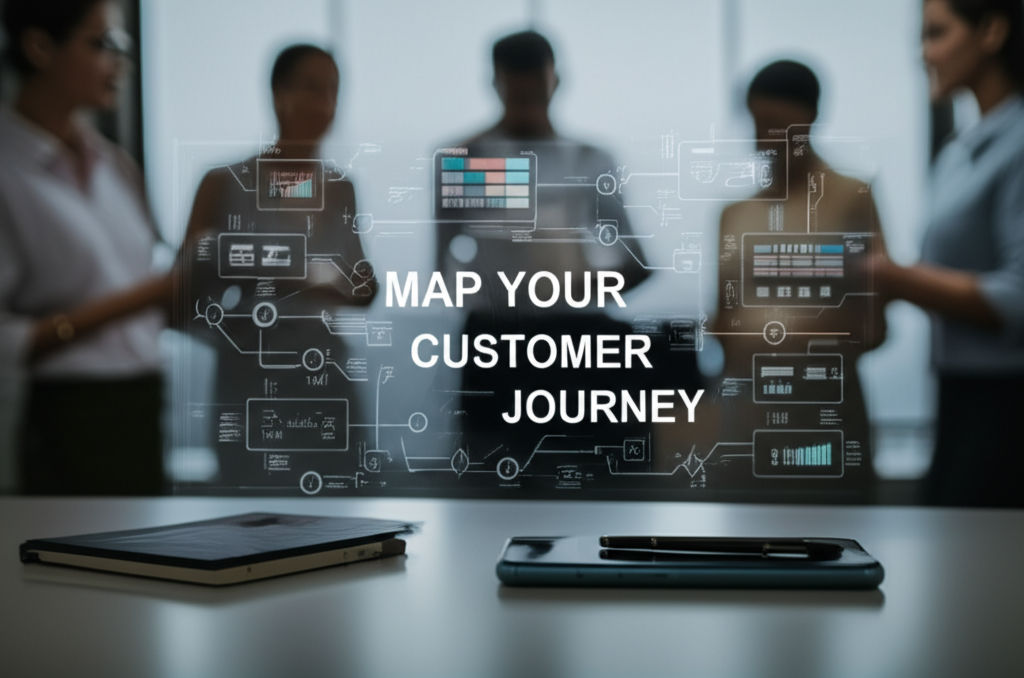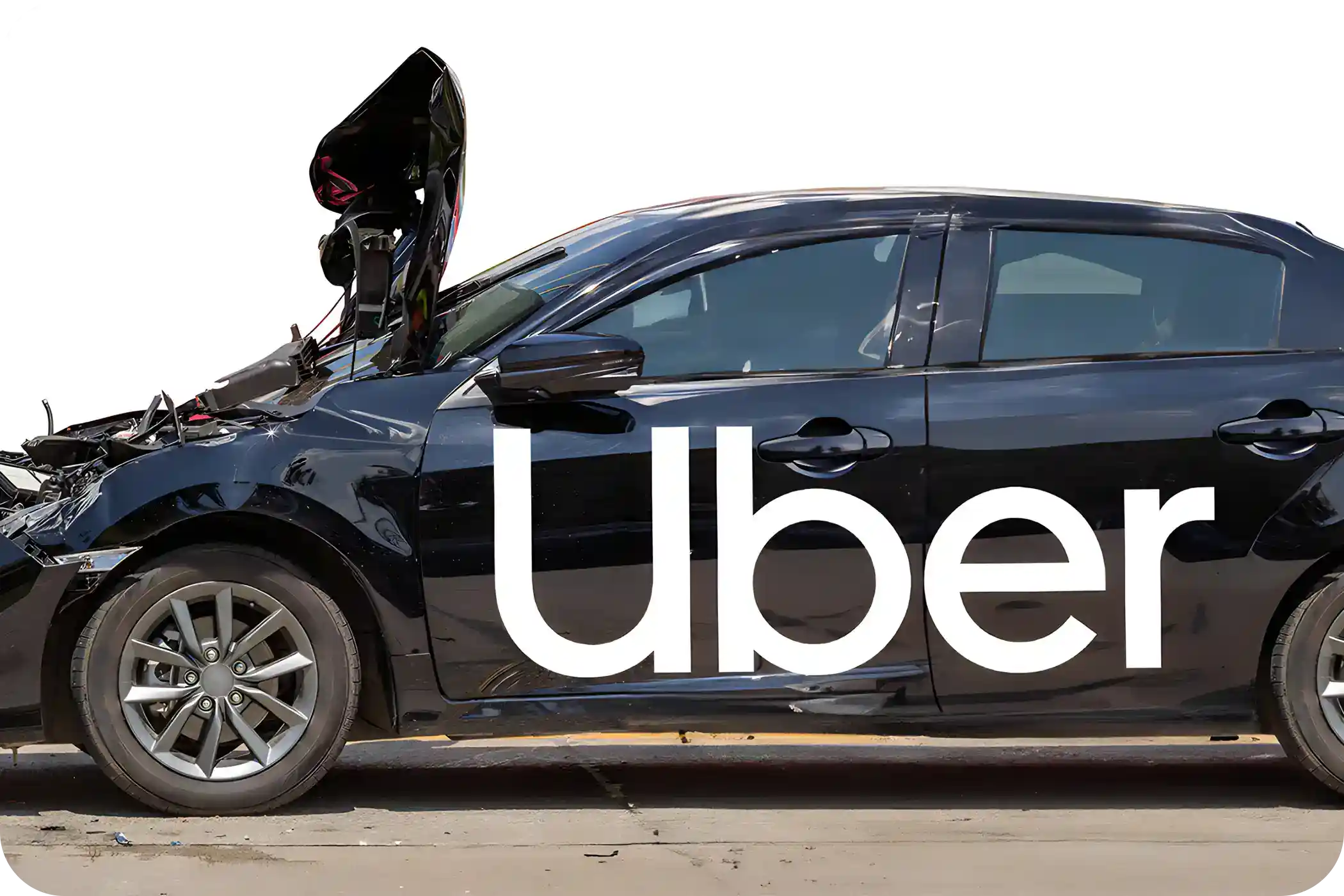Entrepreneurial Mindset: Innovation in Ed
Emily Willis

Photo: Entrepreneurial Mindset: Innovation in Ed
Unleashing Potential: How an Entrepreneurial Mindset is Revolutionizing Education
Remember being told that the "real world" was vastly different from the classroom? Well, what if the classroom became a place where you could truly prepare for that dynamic, ever-changing real world? That's the powerful idea behind fostering an entrepreneurial mindset in education. It's not just about starting businesses; it's about cultivating a way of thinking that empowers individuals to innovate, solve problems, and thrive in any path they choose. This shift is sparking incredible innovation in education, transforming learning as we know it.
The traditional view of education often focused on rote memorization and standardized tests. But in today's fast-paced world, simply knowing facts isn't enough. We need thinkers, creators, and doers – individuals who can adapt to new challenges and seize opportunities. This is where the entrepreneurial mindset steps in, offering a fresh perspective on future of learning and equipping students with skills that are truly future-ready skills.
What Exactly is an Entrepreneurial Mindset in Education?
At its core, an entrepreneurial mindset is a blend of attitudes, behaviors, and skills that enable individuals to identify problems, generate creative solutions, and act with resilience and adaptability. It's about seeing obstacles not as roadblocks, but as opportunities for growth and innovation. Think of it as a toolkit for life, preparing young people for success in school, business, and beyond.
In an educational context, this means moving beyond the idea of just starting a company. It's about instilling traits like:
- Curiosity: A burning desire to ask "why?" and "what if?"
- Initiative: The drive to take action and make things happen, rather than waiting to be told.
- Problem-Solving: The ability to break down complex issues and devise effective, often novel, solutions.
- Adaptability: The flexibility to pivot, learn from mistakes, and embrace change when plans don't go as expected.
- Resilience: The grit to bounce back from setbacks and view failures as valuable learning experiences.
- Creativity: The capacity to think outside the box and come up with original ideas.
- Collaboration: Recognizing the power of teamwork and networking to achieve shared goals.
These aren't just buzzwords; they are essential skill development areas that prepare students for an unpredictable future, whether they become entrepreneurs, intrapreneurs (innovators within an existing organization), or simply navigate their personal lives with greater confidence.
Why is Innovation Crucial in Education Today?
The world is changing at an unprecedented pace. Technology is evolving rapidly, new industries are emerging, and global challenges demand fresh thinking. Our education systems must evolve too, moving beyond a one-size-fits-all approach to more personalized and engaging learning experiences.
Innovation in education is the engine driving this transformation. It addresses several critical needs:
- Preparing for the Unknown: Many of today's students will work in jobs that don't even exist yet. An innovative educational approach equips them with the adaptability and problem-solving skills needed to thrive in any landscape.
- Boosting Engagement: Traditional teaching can sometimes feel disengaging. Innovative teaching methods, often powered by EdTech, make learning more interactive, relevant, and exciting, fostering genuine curiosity and a lifelong love for learning.
- Addressing Diverse Needs: Every student learns differently. Innovation allows for personalized learning paths, catering to unique interests, strengths, and learning styles, ensuring equitable access to quality education.
- Fostering Real-World Relevance: By integrating real-world problems and projects, innovation bridges the gap between theoretical knowledge and practical application, making learning meaningful and impactful.
- Driving Societal Progress: An education system that champions innovation and an entrepreneurial mindset will produce generations capable of tackling pressing societal issues, from climate change to healthcare, leading to positive social impact.
Key Pillars of an Entrepreneurial Mindset for Educators and Learners
So, how do we actually cultivate this powerful mindset? It starts with focusing on specific, actionable pillars that can be integrated into everyday learning.
Problem-Solving & Critical Thinking
At the heart of entrepreneurship is the ability to identify a problem and then figure out a solution. In education, this means moving beyond simply finding the "right answer." It's about encouraging students to:
- Ask insightful questions: "Why does this work this way?" "What if we tried something different?"
- Analyze information: Not just consuming it, but evaluating its validity and relevance.
- Identify gaps: Spotting areas where improvements can be made or needs aren't being met.
- Develop multiple solutions: Brainstorming various approaches before settling on the best one.
For instance, instead of just memorizing historical dates, students could be tasked with analyzing a historical event and proposing alternative outcomes or solutions to a past societal challenge. This kind of entrepreneurial thinking empowers them to approach real-world issues with a thoughtful and analytical mindset.
Adaptability & Resilience
The path of innovation is rarely straight. There will be bumps, detours, and outright failures. An entrepreneurial mindset teaches us to embrace these challenges.
- Embracing Change: Understanding that the world is constantly evolving and being open to new ideas and methods.
- Pivoting: The ability to adjust strategies or directions when initial plans don't work out.
- Learning from Failure: Viewing mistakes not as endpoints, but as crucial learning opportunities. As the saying goes, "You have to acknowledge that it didn't go as planned and emphasize that having a bump in the road is one of the keys to success."
Educators can foster this by creating a safe environment for experimentation, where students aren't afraid to try new things and learn from what doesn't work.
Creativity & Ideation
Innovation begins with an idea. Cultivating creativity means nurturing the ability to generate novel concepts and solutions.
- Brainstorming freely: Encouraging divergent thinking without immediate judgment.
- Connecting disparate ideas: Finding links between seemingly unrelated concepts.
- Imagining possibilities: Pushing beyond conventional boundaries to envision what could be.
Think of design thinking projects where students research community problems and then brainstorm sustainable solutions, focusing on "What's the billion-dollar problem you want to solve?" rather than just a "million-dollar idea."
Taking Initiative & Calculated Risk-Taking
Entrepreneurs don't wait for permission; they take action. This involves a degree of calculated risk-taking.
- Self-reliance: Developing the confidence to take charge of projects and overcome challenges independently.
- Proactiveness: Identifying opportunities and acting on them rather than reacting to circumstances.
- Understanding Risk: Learning to assess potential downsides and upsides, rather than avoiding risk altogether.
This doesn't mean encouraging reckless behavior, but rather teaching students to weigh options, make informed decisions, and understand that some risks are necessary for growth.
Collaboration & Networking
No significant innovation happens in a vacuum. Collaboration is key.
- Teamwork: Learning to work effectively with diverse groups, valuing different perspectives.
- Communication: Clearly articulating ideas and listening actively to others.
- Networking: Building connections with peers, mentors, and experts, which can open doors to new opportunities.
Projects that require group effort and interaction with external stakeholders (like local businesses or community leaders) can greatly enhance these skills.
How to Foster an Entrepreneurial Mindset in the Classroom
For educators, integrating an entrepreneurial mindset into the curriculum can seem daunting, but it's incredibly rewarding. Here are some practical steps:
- Project-Based Learning (PBL): This is a cornerstone of entrepreneurial education. Instead of lectures, students work on real-world projects that require them to identify problems, research solutions, collaborate, and present their findings. For example, students could design a campaign to reduce plastic waste in their school or develop a prototype for a new educational app.
- Encouraging Experimentation & Iteration: Create a "safe to fail" environment where students are encouraged to try new things, test ideas, and refine their approaches based on feedback. Emphasize that learning is a continuous process of improvement.
- Real-World Connections: Bring in guest speakers who are entrepreneurs or innovators from various fields. Connect classroom learning to current events, societal challenges, and local community needs. This helps students see the relevance and potential impact of their learning.
- Student-Led Initiatives: Empower students to take ownership of their learning. This could involve letting them choose project topics, design their own learning challenges, or even lead discussions. This fosters self-reliance and initiative.
- Embracing Technology (EdTech): Leverage EdTech tools to enhance learning experiences. This could include using AI for personalized learning, virtual reality (VR) for immersive experiences, or 3D printing for hands-on design and prototyping. These technologies not only engage students but also prepare them for a digitally driven future.
- Interdisciplinary Learning: Break down traditional subject silos. Show students how concepts from different subjects (e.g., math, science, art, business) can be combined to solve complex problems, mirroring the integrated nature of real-world challenges.
Innovation in Ed: Examples and Impact
The impact of this shift is already visible across the globe.
- Personalized Learning Platforms: AI-driven platforms are transforming education by adapting
Latest ✨
View All"Education for All" is a fundamental human right. Learn how equitable access to quality learning unlocks a brighter future for everyone.
Emily Willis
Demystify customer journey mapping! Learn to visualize customer paths, uncover pain points, and create superior experiences for sustainable business growth.
Emily Willis
exploring different cultures through their traditional cuisine, highlighting iconic dishes and the cultural significance behind them. It takes the reader on a culinary tour around the world, showcasing the diverse flavors and culinary traditions of various regions such as Asia, Europe, the Americas, Africa, and Oceania.
Emily Willis
hree incredible destinations - Nepal, Peru, and South Africa - known for their adventurous activities such as trekking, white-water rafting, and mountain biking. It emphasizes the importance of responsible adventure travel, including supporting sustainable tour operators, respecting local customs, minimizing environmental impact, and supporting local communities.
Emily Willis
Business
View All
June 8, 2025
Market Research: Your Business CompassMarket research: your ultimate business compass. Gain vital insights on customers, competitors & trends to steer your business to growth & success.
Emily Willis

June 8, 2025
Plan Your Business Exit StrategyPlan your business exit strategy: a roadmap to a successful future. Maximize value, protect your legacy, and ensure a smooth transition.
Emily Willis

June 8, 2025
Business Law: What You Must KnowBusiness law is key for entrepreneurs! Safeguard your venture, ensure smooth operations, and avoid costly disputes. Learn essential legal insights here.
Emily Willis
Economy
View AllDive into the economics of monopolies. Learn how these single-rule markets form, their characteristics, and their impact on prices, quality, and growth.
Read Moreeconomic growth prospects of major countries such as the United States, China, the European Union, Japan, and India. It highlights the factors driving their growth, challenges they face, and opportunities for businesses and investors. Each country has unique strengths and risks, and understanding these dynamics is crucial for strategic decision-making.
Read MoreInvolved in an Uber accident? Learn why hiring an Uber accident lawyer is crucial, what your legal options are, and how to choose the right attorney for your case
Read MoreEntertainment
View All
August 5, 2024
Music's Evolving Landscape: Technology, Social Media, and Global TrendsThe music industry has undergone significant changes due to technological advancements, social media, and a growing global audience. The shift from analog to digital formats, the rise of streaming services, and the impact of social media on artist-fan relationships are explored.
Emily Willis

August 4, 2024
The Evolution of Digital Distribution in the Music Industry: Challenges and OpportunitiesThe music industry has been transformed by digital distribution, which allows quick access to a vast catalog of music through streaming services and online stores.
Emily Willis
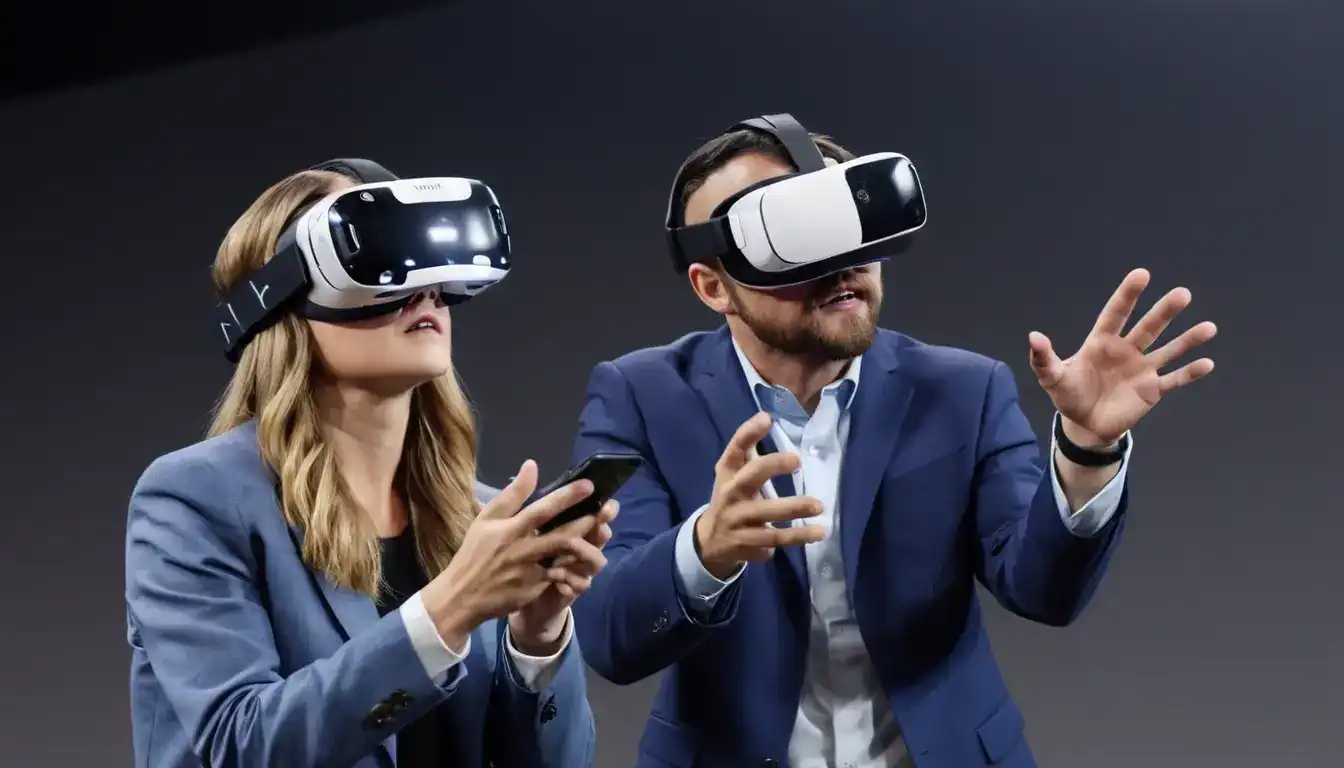
August 5, 2024
VR and AR Transform EntertainmentVirtual reality (VR) and augmented reality (AR) are transforming the entertainment industry by offering immersive experiences that blur the lines between the real and virtual worlds. VR completely transports users into computer-generated environments, while AR overlays digital elements onto the real world.
Emily Willis
Health
View Allmaintaining good health and well-being through nutritional choices. A balanced diet, incorporating whole foods, staying hydrated, consuming nutrient-dense foods, managing portion sizes, practicing mindful eating, eating regular meals and snacks, considering supplements, and adopting sustainable eating practices are all highlighted as effective strategies for enhancing overall.
Emily Willis
preventive health measures in promoting longevity and enhancing quality of life. It discusses essential strategies such as maintaining a balanced diet, regular physical activity, adequate sleep, stress management, regular health screenings, immunizations, avoiding harmful substances, and prioritizing mental health.
Emily Willis
Nutrition is crucial for maintaining overall body health, impacting energy levels, disease prevention, and overall well-being. A healthy diet includes fruits, vegetables, whole grains, proteins, healthy fats, and hydration. Proper nutrition positively affects energy levels, immune function, heart health, weight management, and mental health. Practical tips for improving nutrition include planning balanced meals, reading food labels, cooking at home, limiting processed foods, and staying hydrated. By prioritizing nutrition and making informed choices, individuals can enhance their health and well-being.
Emily Willis
Trending 🔥
View All
1
2
3
4
5
6
8
9
10
Sports
View AllAugust 5, 2024
Inclusive Playing Field: Creating a Welcoming and Accessible Sports Environment
Read MoreAugust 4, 2024
Benefits of Cross Training for Athletes: Improves Performance and Prevents Injuries
Read MoreTechnology
View All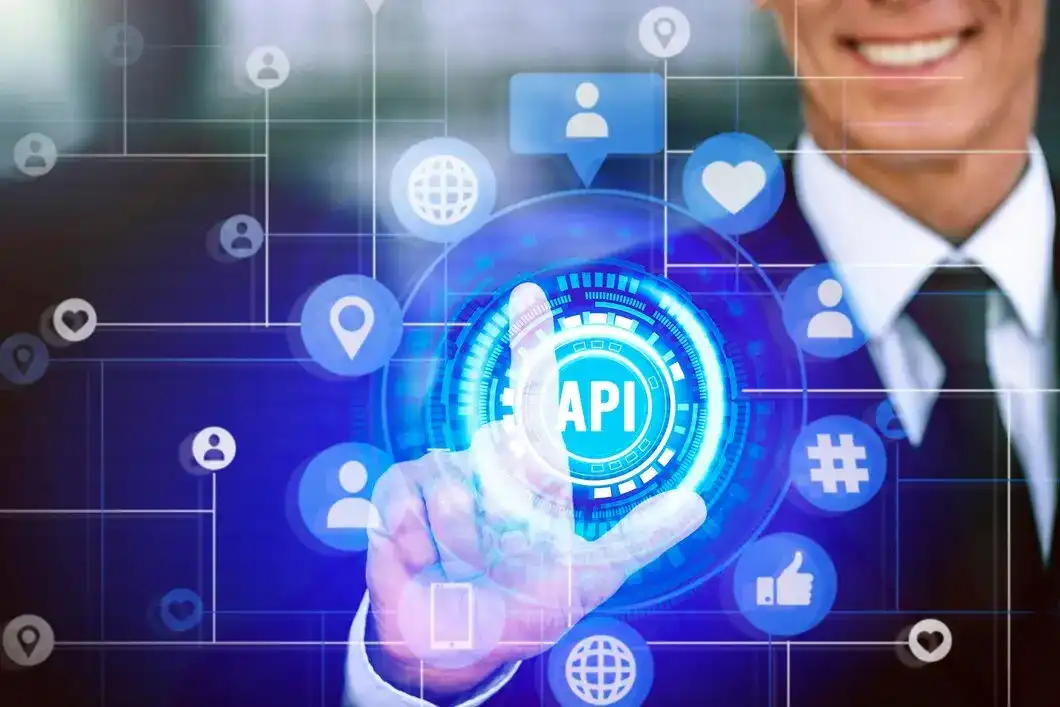
August 5, 2024
What is Blockchain and How does it Work?
Blockchain technology is a decentralized digital ledger that records transactions securely and transparently across multiple computers. Key concepts include decentralization, cryptographic security, and consensus mechanisms. Transactions are verified, grouped into blocks, and added to the blockchain through a consensus process.

August 4, 2024
How Flying Qudits Promise a Revolution in Quantum Communication
communication, flying qudits are poised to revolutionize the way we transmit and process information. With the potential for unbreakable encryption, blazing-fast quantum internet, and advancements in various fields, the future of flying qudits looks promising. While there are challenges to overcome, researchers are actively working on refining the technology. Overall, flying qudits offer a glimpse into a quantum future that is faster, safer, and filled with endless possibilities.
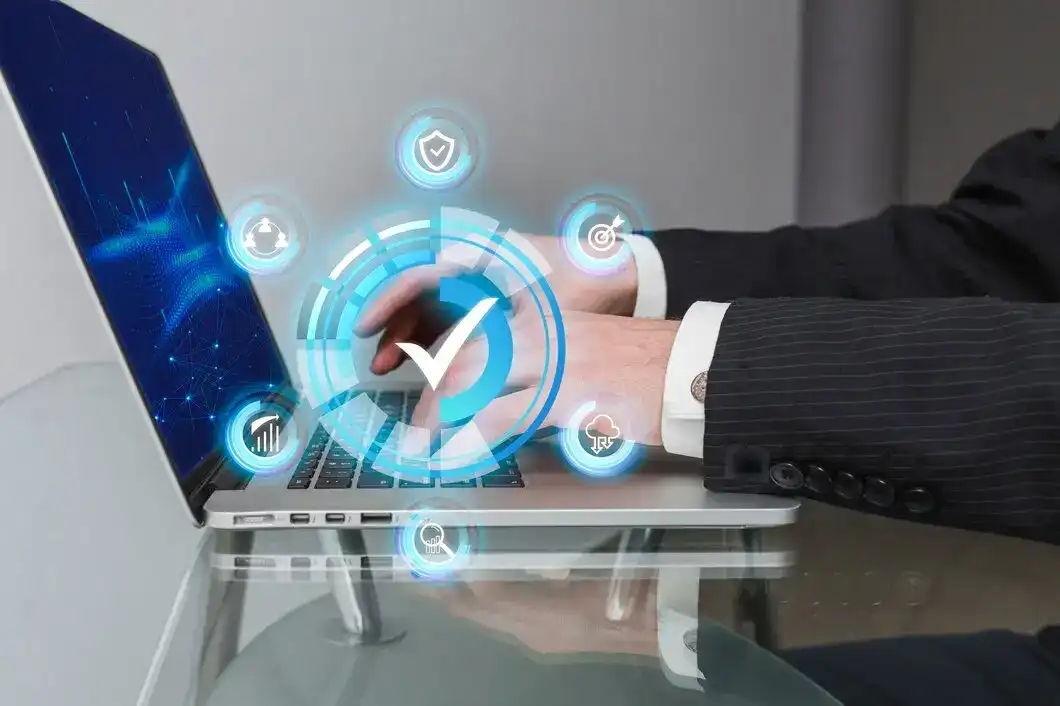
August 5, 2024
Challenges and Opportunities in Implementing IoT Technology
The Internet of Things (IoT) is revolutionizing industries by enabling real-time monitoring, automation, and decision-making. However, implementing IoT technology comes with challenges such as security concerns, interoperability issues, data management, scalability, and cost. Despite these challenges, IoT offers opportunities for operational efficiency, enhanced customer experience, innovation, environmental sustainability, and business intelligence.
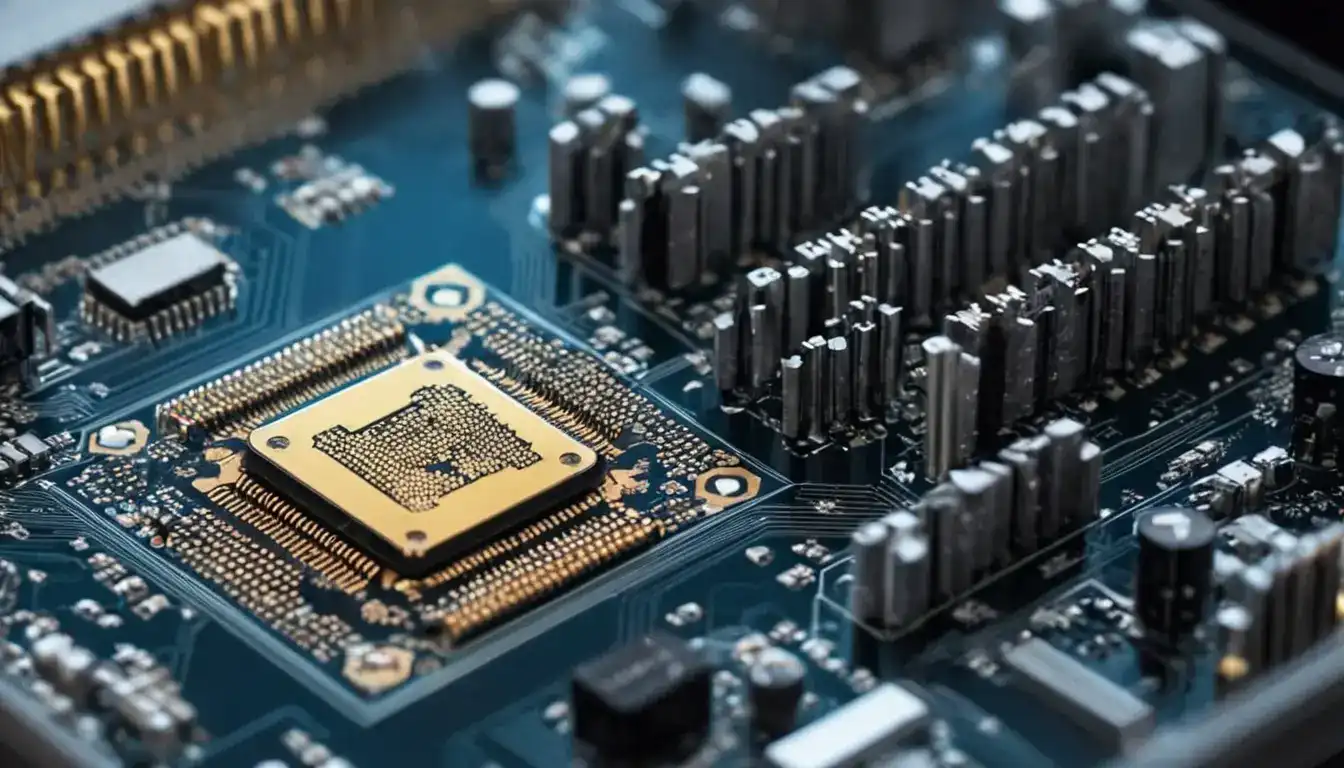
August 4, 2024
Exploring the Potential of Quantum Computing in Modern Technology
Quantum computing is a revolutionary technology that uses quantum bits, or qubits, to process information. It has the potential to solve complex problems, revolutionize cryptography, accelerate drug discovery, optimize complex systems, and enhance artificial intelligence.

